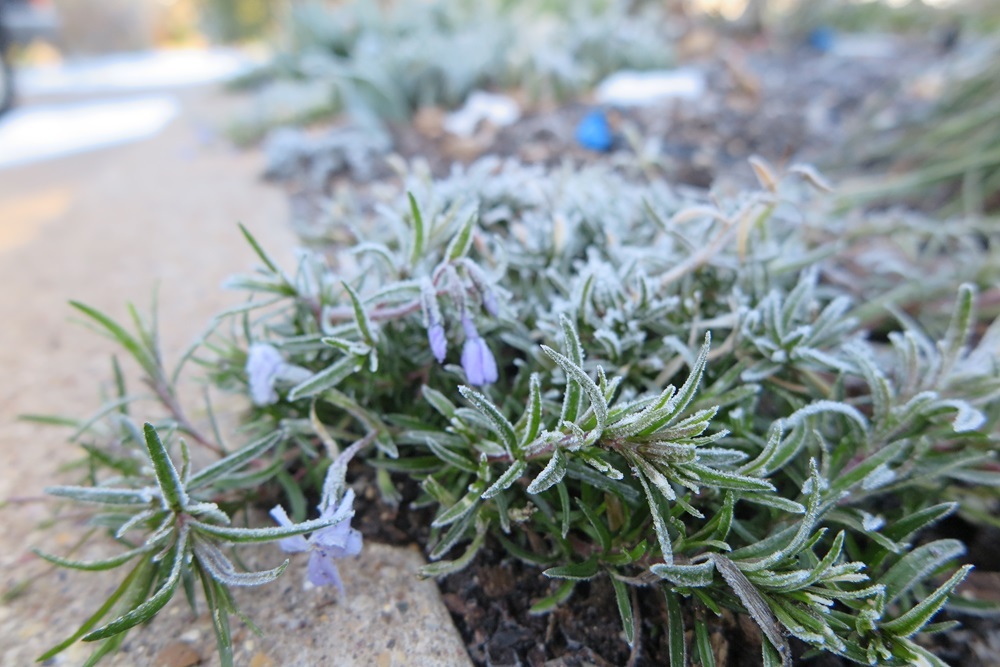How to Protect Garden Plants from Hard Freezes
January 5, 2010
A Hard Freeze is Coming, How do You Protect Your Plants?
UPDATED 2024
The time to plan for plant frost protection is well before the first frost! Getting surprised by an out-of-the-blue dip in temperatures is never fun for gardeners.
In Texas, weather can be very warm through fall, then suddenly we'll get hit with temperatures in the teens. One of the reasons so-called "frost hardy" plants can be damaged or killed in these situations is that they haven't had the time to respond to gradually cooling temperatures and acclimate/prepare for winter temperatures. They may still be growing new tender foliage or flowers that will be damaged by sudden drops in temperature.
Most hardy plants can handle the gradual progression to a hard frost. But if it's warm, then suddenly very cold, even hardy plants can suffer damage. If you're looking at temperatures that drop in to the low 20s or teens, that's them you'll want to get out the frost cloth. Make sure to buy some in early fall, or as soon as it's available at your local garden center, so you have it at the ready when temperatures suddenly drop.

While many perennials, such as this rosemary, can handle light frosts, a severe drop in temperature or a very hard freeze can kill them
PC: Leslie F. Halleck
Checklist for Protecting Your Plants from Freezing Temperatures
1. Water thoroughly the day before a hard freeze. Plants can resist freezing temperatures much better when they are fully turgid. Water stressed plants will take a hard hit. Consider watering herbaceous plants and vegetables with a root stimulator.
2. Cover all newly planted annuals, perennials or small shrubs using frost cloth. Cover any tender perennials or cool season vegetable crops, such as broccoli, cabbage, cauliflower, lettuce to keep from losing your harvest. While hardy plants and cool season vegetables will typically survive a 15 degree frost, the flower buds and fruit will most often be hardest hit. Cauliflower heads are especially sensitive to freezing temperatures.
3. A sheet of frost cloth will provide about up to 8 degrees of temperature protection. You can layer two sheets to give you extra protection. Purchase landscape staples to help secure the frost cloth in place.
4. Do not use plastic to cover plants. Areas of the plant that come in contact with plastic during a freeze often suffer damage. It's also better to leave some airspace above the plant as insulation, rather than pinning the frost cloth tightly down on top of the plants.
5. Fallen leaves or hay can also be used as a cover to insulate more hardy herbaceous plants.
6.You may leave frost cloth on plants for two or three days if freezing temperatures persist, but it's best to at least pull it back to allow enough sunlight to reach plants if warmer temperatures allow for it.
Don't forget to drip and cover all those outdoor faucets too!! While we typically don't drain irrigation systems for winter here, you may want to cut off the main valve to your property's system and insulate it just like you would your spigots.

